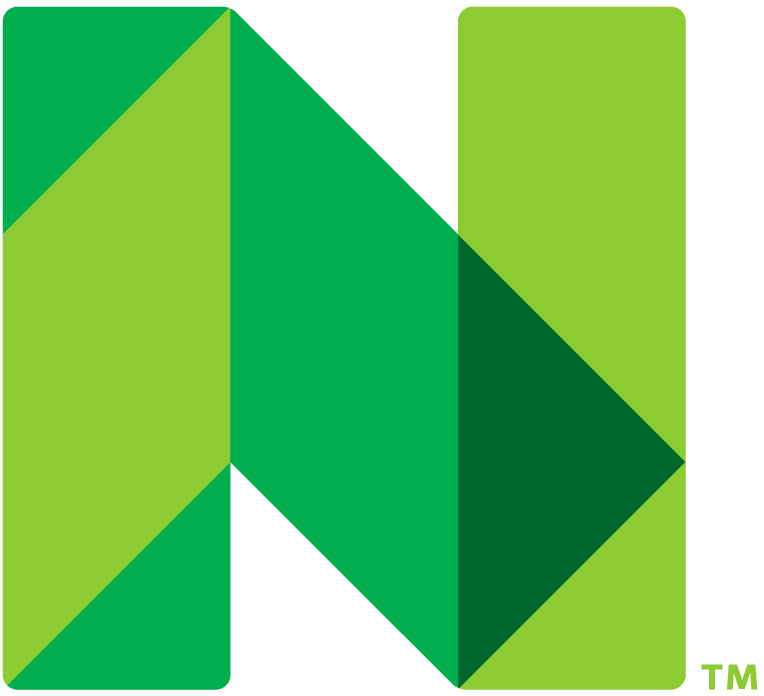Life insurance is there to help reduce the financial burden on your loved ones when the inevitable happens. But different types of life insurance policies suit different needs and budgets. Learn more about the types of life insurance to determine which one might be right for you:
Term life insurance: Affordable and suitable for most people.
Whole life insurance: Permanent, but pricier than term life.
Universal life insurance: A more flexible alternative to whole life.
Variable life insurance: Riskier, but higher potential growth in cash value.
Burial insurance: Covers final expenses, often without a medical exam.
Other types of life insurance.
Key facts:
Costs: Relatively cheap compared to other types of life insurance.
Benefits: Pays out if you die while the policy is in effect.
Who it's best for: Most people, especially if you're interested in a simple, low-cost policy.
How it works:
Term life insurance is typically sold in lengths of one, five, 10, 15, 20, 25 or 30 years. Coverage amounts vary depending on the policy but can go into the millions. Most people buy term life insurance for a length long enough to cover their prime working years. That way, if they die early, they can help a surviving spouse or other beneficiary meet short-term financial needs like paying off a mortgage or supporting their kids through college.
Key facts:
Costs: More expensive than term life and — often — other permanent life insurance options.
Benefits: Simple, permanent coverage that builds cash value and pays out to your beneficiary after you die.
Who it's best for: People looking for a straightforward, lifelong life insurance option.
How it works:
Whole life insurance typically lasts your entire life, as long as you keep up with premiums. It’s the closest thing to “set it and forget it” life insurance you’ll find. In general, your premiums stay the same, you get a guaranteed rate of return on the policy’s cash value, and the death benefit amount doesn’t change.
Key facts:
Costs: Cheaper than whole life insurance, but still pricier than term life.
Benefits: Permanent coverage with options to change your premiums and/or death benefit.
Who it's best for: People who want permanent life insurance with flexibility for changing budget needs.
How it works:
Universal life insurance is an umbrella term that covers a few different kinds of policies. Generally, this type of coverage allows you to adjust your premiums (within limits) and has a cash value component that grows based on market interest rates.
Premiums typically increase over time, forcing you to increase your premium payments or cover rising costs by subtracting from your cash value account or death benefit.
Universal life insurance is different from indexed universal life insurance — with those policies, the cash value growth is tied to a stock or bond index like the S&P 500.
Key facts:
Costs: Relatively pricey, similar to whole life insurance.
Benefits: Potential for significant cash value growth, subject to investment market performance.
Who it's best for: People willing to take a riskier, hands-on approach in exchange for higher potential gains.
How it works:
This type of cash value life insurance is tied to investment accounts, such as bonds and mutual funds. Variable life insurance premiums are typically fixed and the death benefit is guaranteed, regardless of how the market fares.
If you’re considering a policy like this, a fee-only financial advisor — a planner who doesn’t earn commissions based on product sales — can help you choose the best one.
Key facts:
Costs: Relatively inexpensive, but prices go up considerably at older ages.
Benefits: Coverage capped at low amounts, but often available without a life insurance medical exam.
Who it's best for: People who want to help cover final expenses but who might not qualify for other life insurance.
How it works:
Burial insurance is a small whole life insurance policy that is meant to help your family pay for your funeral, burial and other expenses after your death, like outstanding medical bills.
The death benefit is guaranteed and typically ranges from $5,000 to $25,000.
Group life insurance
Typically offered by employers as part of the company’s workplace benefits. Premiums are based on the group as a whole rather than each individual. In general, employers offer basic coverage for free, with the option to purchase supplemental life insurance if you need more coverage.
Mortgage life insurance
Covers the current balance of your mortgage and pays out to the lender, not your family, if you die.
Credit life insurance
Pays the balance of a specific loan, like a home equity loan. Your bank might offer to sell you a credit life insurance policy when you take out a loan. If you die, the policy pays off the lender, not your family.
Accidental death and dismemberment insurance
Covers you if you die in an accident, such as a car crash. AD&D insurance also pays out for the loss of limbs as well as the loss of your sight or hearing — but it’s typically offered only through the workplace.
Joint life insurance
Insures two lives, usually those of spouses, under one policy:
